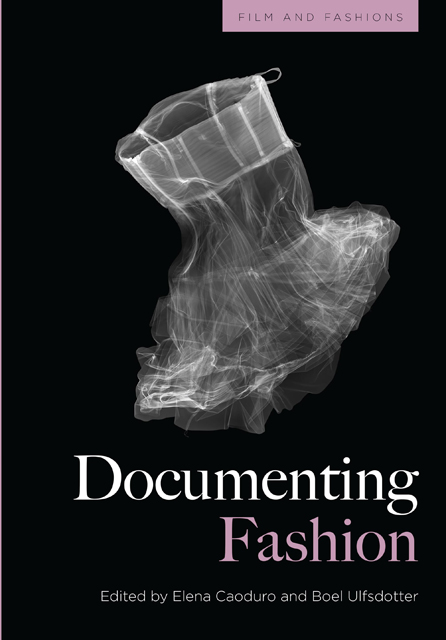10 - From newsreel to ‘see now, buy now’: a genealogy of the fashion show live stream
Published online by Cambridge University Press: 20 October 2023
Summary
Since the first dedicated efforts at ‘real time’ online transmission of fashion shows in 2010, the live stream has become a standard medium of fashion communication. Fashion shows on the ready-to-wear Fashion Month circuit in New York, London, Milan and Paris – in addition to those produced for lower-tier fashion weeks in other international cities – are now routinely live-streamed across a plethora of media platforms that include official brand websites, fashion press and fashion film websites, event producer websites, and dedicated streaming and archival websites. Fashion scholars and the fashion press have touted the seismic impact of the live stream on industry timelines and on the speed and measure of visual (if not spatial or tactile) access to the latest collections (Rocamora 2012, 2013; Geczy and Karaminas 2016; Rees-Roberts 2018). Nick Rees-Roberts attributes the proliferation of non-fiction fashion footage, and the fashion documentary medium, to consumers’ ‘immediate access’ to fashion show spaces and to ‘fashion in motion’ that the live stream facilitates, as well as a hunger for fashion content that the medium continues to fuel:
The recent rise of the [non-fiction fashion footage] . . . is partly indexed to the growth in online participatory cultures, fueled by the desire for vicarious backstage access to design studios and trade events, and immediate involvement in runway shows, which brands and designers have responded to through the increased use of live streaming. (2018: 75)
The production of fashion shows with attention to screen interfaces is but one phenomenon in an overall process of mediatisation in fashion, referring to the infusion of media practice into all facets of production, communication and consumption (Rocamora 2017). The live stream must, however, be historicised within prior fashion show footage disseminated to audiences since the invention of motion capture and the popularisation of cinema as mass medium.
To contextualise contemporary consumer interactions with fashion show live streams, this chapter draws from media histories in fashion studies that outline uses of electronic media to disseminate runway footage. I describe the fashion show live stream using Bolter and Grusin’s (2000) concept of remediation, here of film and television, illustrating techniques and aesthetics and demonstrating how these media have offered (or denied) a measure of consumer access to fashion.
- Type
- Chapter
- Information
- Documenting Fashion , pp. 227 - 247Publisher: Edinburgh University PressPrint publication year: 2023

